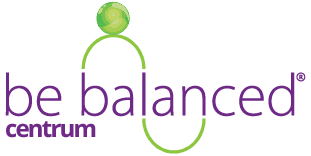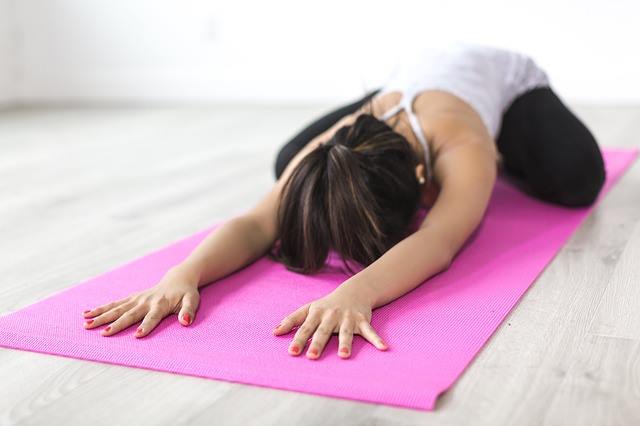Life with a herniated disc – treatment and rehabilitation
The prevalence, i.e. the proportion of people with given difficulties in the population, is 1-3% for intervertebral disc herniation in developed countries. This pathological condition, when the vertebral disc can bulge symmetrically over the circumference of the vertebra or completely protrude outside its original position and thus oppress the spinal cord or nerve roots, is most often accompanied by intense pain in the back propagating to the limbs. Furthermore, it is disturbed, sensitivity (sensitivity) also changes and muscle weakening occurs depending on the specific oppressed nerve.
According to the severity of the finding (depending on how and how much the nerves are affected), the doctor chooses a treatment procedure. In the vast majority of cases, the first stage of treatment is so-called conservative and only when it fails is approached to surgical removal of the prolapse. In the acute beginning after the onset of prolapse, we choose calm, drugs to relieve pain, relieve muscle tension or possibly corticosteroids (to reduce swelling and thus relieve pressure on the nerve) and last but not least, targeted rehabilitation treatment, physiotherapy.
Physiotherapy and targeted exercise, physical activity are an absolutely necessary basis for correcting this condition. The physiotherapist teaches the patient to activate the deep stabilization system of the spine (sometimes referred to as the core, the center of the body, etc.), which will help straighten the spine and relieve the pressure on the nerve root oppressed by the intervertebral disc. Properly functionally connected deep muscles of the abdomen, pelvic floor and diaphragm in cooperation with the muscles of the back will allow the spine (in the area of prolapse) to regenerate and are the way to correct and heal the patient. Over time, there should always be a centralization of pain – that is, if the pain no longer shoots up to the area of the little finger as before, but only to the knee, the therapy is successful and led in the right direction.
Part of life and improvement of the condition during prolapse of the intervertebral disc are also certain lifestyle adjustments. It is necessary to avoid or reduce as much as possible stressful situations – lifting excessively heavy loads, sharp rotational movements, impacts and shocks or long static loading of the spine, e.g. sitting. And it is necessary to acquire healthy movement habits – correct posture, ergonomic lifting of loads, pay attention to the position during prolonged sitting and the position in sleep.
On the way to recovery, it is good to think and perceive the psychological load and state of a person. The psyche is significantly reflected in our musculoskeletal system – excessive stress or conflicts with friends or family can affect the healing process, slowing it down. It is necessary to include exercise and appropriate physical activity, plenty of rest and sleep and, last but not least, a balanced healthy diet and sufficient drinking regime.
Why is the DNS method so successful?
Herniation of the disc of the lumbar spine
Center of the body, core, get to know each other! Can we really engage him?

